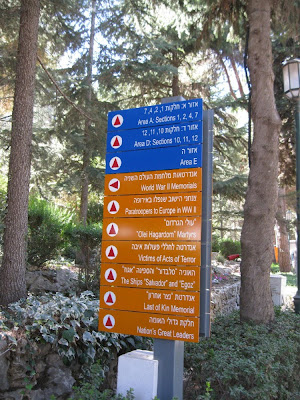For the Simchat Torah holiday today, when we dance and sing with the Torah scrolls and rewind them back to Genesis 1, here is a very old scroll with a dramatic history.
.
The deerskin on which it is written is unusually dark. Normally a Torah is a light tan color.
 The Jewish museum at Hechal Shlomo in Jerusalem, where it is now housed, tells this story:
The Jewish museum at Hechal Shlomo in Jerusalem, where it is now housed, tells this story:This Torah scroll was written in Spanish script, probably before 1492, by an excellent scribe on deerskin.
It wandered to Germany. There the Jewish congregation of Krautheim repaired it and added a piece of parchment with the missing chapter, written in Ashkenazic script.
The scroll survived a flood, the Gestapo, and bombings of the house in whose attic is was hidden during World War II.
.
The middle photo on the right shows the old Jewish hospital in Karlsruhe where it was hidden.
 If you enlarge this photo you can see where the two pieces were stitched together.
If you enlarge this photo you can see where the two pieces were stitched together..
.
This post is especially for my good friend Angelika, a teacher in Karlsruhe.
.
























